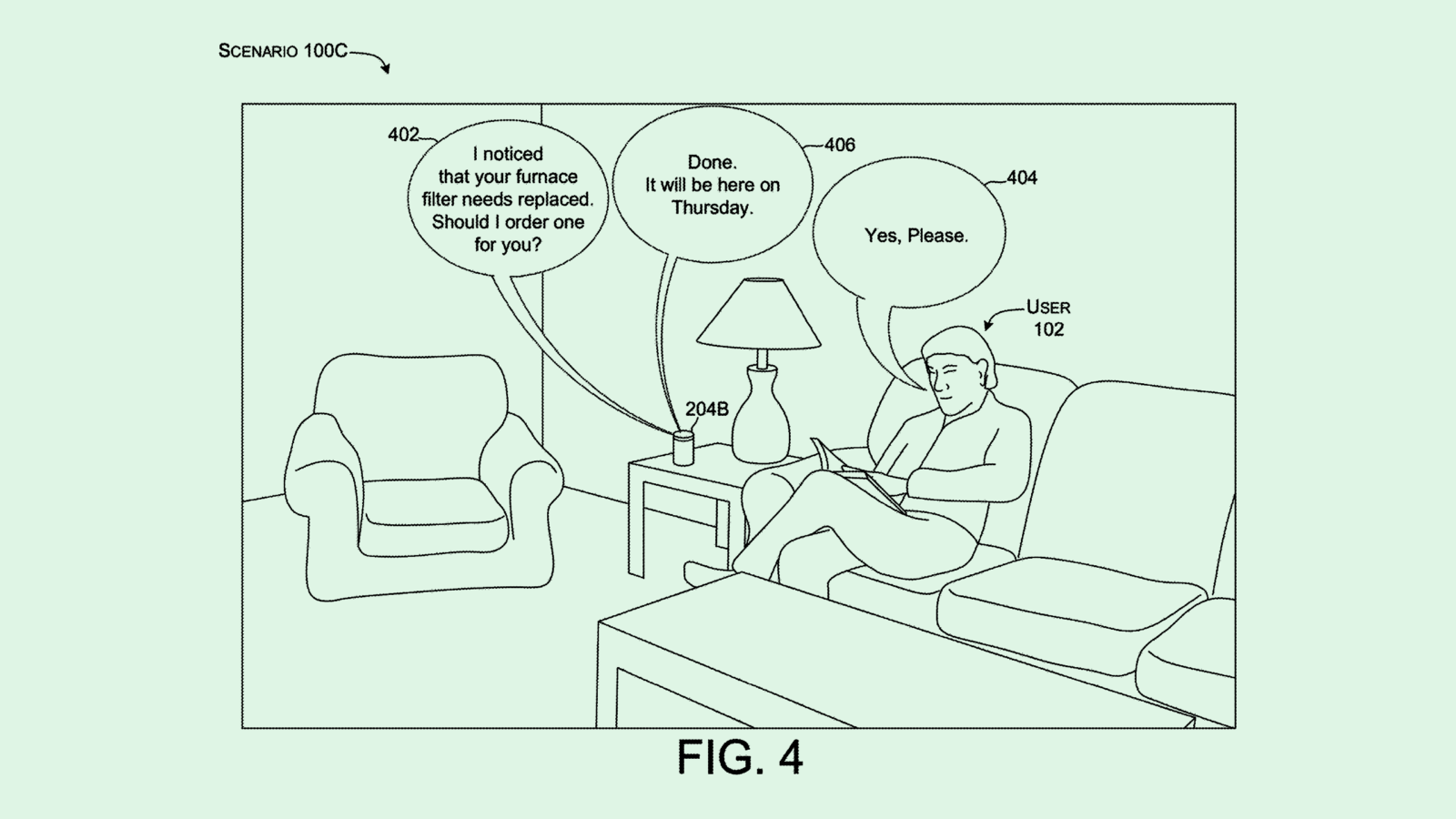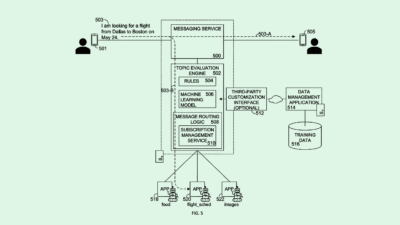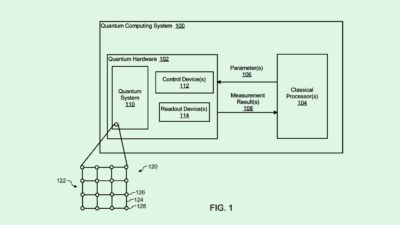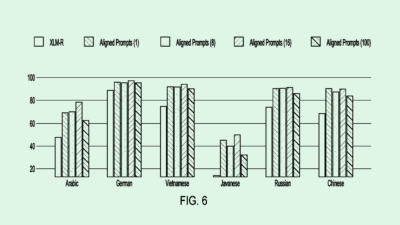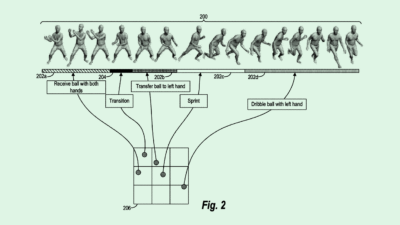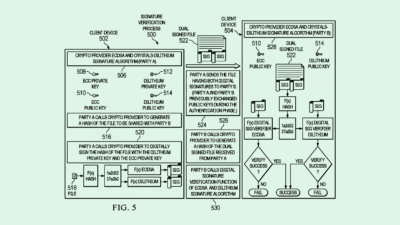Snap Takes On Event Planning (plus more from Microsoft & Visa)
Snapchat’s events play, Microsoft’s collaboration scores, and Visa’s prediction platform
Sign up to uncover the latest in emerging technology.
Snapchat’s events play, Microsoft’s collaboration scores, and Visa’s prediction platform
1. Snap – Events
Snap is building event functionality into its app.
Last year, Jane Manchun Wong discovered the functionality hidden in the code of a new app release from Snap, but a new patent filing this week gives us some more details.
Users will be able to create an event invite and overlay it on a piece of content, like a sticker or a filter. Once they fill in some details on the event, they will be able to send the invite to their friends. For the friends receiving the event invite, they’ll be able to join the event and chat with others attending. On Snap Maps, the event invite will be shown with the avatars of who is attending. Finally, any photos or videos that are taken during the event will be automatically added to the group chat.
Besides formal invites, Snap is also thinking about helping users organise more impromptu hangouts, such as going out for lunch with friends or going to the cinema. You can imagine some event templates that users can quickly select and share with their friends.
Why is this interesting?
Relative to Facebook and Instagram, Snap is a true social network – it’s a high-frequency network of interactions taking place with a small knit group of people that are likely to know each other in the physical world. Both Facebook and Instagram have experienced a sort of ‘connection-inflation’ that is hard to undo. These platforms have incentivised the accumulation of friends or followers that are increasingly tangential to one’s core friend group. And so, these platforms become less and less about connecting with your close friends, physically or digitally.
Helping friends easily organise meet-ups on Snap makes a lot of sense, given it’s where young Gen-Zers are already connecting the most with their friends. These physical events also feed back into app activity, with photos / videos from the event being automatically added into the group chats on Snap. Moreover, Snap could create interesting partnerships with local merchants who want to offer deals for groups to come to their location. For example, imagine a Snap partnership with Starbucks where if users select the ‘who wants to meet me for a coffee?’ filter, users are recommended the nearest Starbucks as a location.
For some other interesting moves by Snap, check out the last Patent Drop where I looked at how they’re making Bitmoji the new shopping mall.
2. Microsoft – Employee Collaboration Strength
In this latest filing, Microsoft is looking to measure the collaboration strength of employees in an enterprise.
Given Microsoft Teams sits at the centre of all of the work being done in an Enterprise, Microsoft’s collaboration dataset is extremely rich. To calculate an employee’s collaboration score, the filing describe how they’ll be looking at: emails, instant messages, video meetings, calendar invites, document sharing and more.
For each person in the enterprise, Microsoft can then see how effectively each worker collaborates with others in an organisation. For example, how connected is an individual to their core team?
Based on this collaboration score, Microsoft can generate recommendations to users on how to improve their work. For instance, if there are users that are working on similar topics, but there aren’t any meetings or documents being shared between these individuals, Microsoft could recommend this group collaborate more closely.
By having the full workplace digitised and run through one central platform, Microsoft Teams is in a position to uncover metrics around individual employees and teams to a level of detail we have never seen. While this is possibly a boon for HR teams and Senior Managers, the potential for enterprise surveillance has already started to cause some level of discomfort.
Two conclusions come to mind when thinking about this filing. First is that if there’s the potential for a data point to be captured, it will eventually be captured. Society may wrangle with the ethics of it, but that’s often overruled by the potential commercial upside of understanding a user or a network of users quantitatively.
Secondly, data requires context to be meaningful. If a user has a low collaboration score, is this actually a bad thing? Maybe the user’s work preference is more individualistic. Maybe they’re more self-motivated. Perhaps they don’t want to waste time in synchronous meetings, so they meet with individuals less. An interesting ethical question for a platform deciding to bring out this data to users is whether it’s their responsibility to highlight the context, or let teams decide the context for themselves.
3. Visa – Global Predictions Platform
Visa filed an interesting patent for building a global AI platform that can quickly generate predictions for their clients.
For example, the platform could predict how many sales will be made by movie theatres in a specific region (e.g. Texas) 6 months into the future.
Given Visa’s position as an intermediary for global transactions, the company accumulates a huge dataset of transactions taking place all across the world – past and present. Using AI, Visa can leverage their position in the global economy to start making extremely specific predictions for clients.
In the above example around movie theatres, Visa would quickly sift through their dataset to look at the sales of movie theatres in Texas six, twelve, and eighteen months in the past to generate a prediction for the future.
With big swathes of the economy running through Visa, it’s pretty crazy to think the predictions that could be made with this platform. I’m sure there are lot of Hedge Funds who would pay good money for access to this platform.




